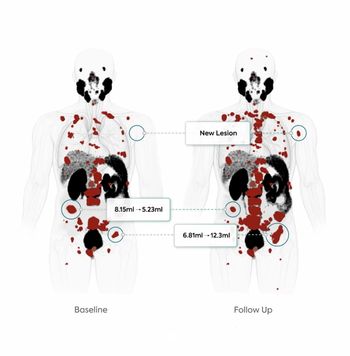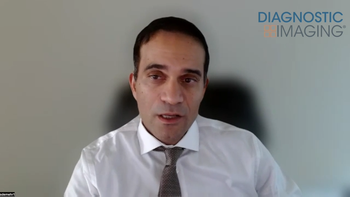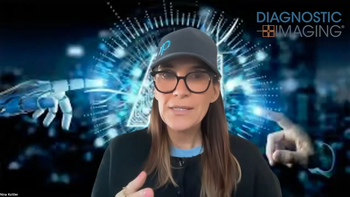
Three-T MR struggles to compete with 1.5T
Advances in coil technology and the development of tailored sequences have made 3T a versatile alternative to 1.5T. But it will be a long time until it displaces 1.5T as the workhorse of MR.
Advances in coil technology and the development of tailored sequences have made 3T a versatile alternative to 1.5T. But it will be a long time until it displaces 1.5T as the workhorse of MR.
New 3T scanners account for slightly more than 10% of the $1.4 billion spent annually on new MR scanners in the U.S. In terms of unit numbers, the piece of the MR pie consumed by 3T is even smaller, as 1.5T scanners go for hundreds of thousands of dollars less than the higher field units. Both percentages-revenue and actual numbers-may tail off in the future, unless workflow issues and reimbursement pressures are resolved.
Ensuring 3T's place in the market is the guarantee it affords buyers against future obsolescence. Migrating established applications from 1.5T to 3T supports present-day exams, while providing the power to handle signal-intensive scans of the future.
Philips took this idea to the next level with its new Achieva XR, which can be configured to run at 1.5T and later be upgraded onsite to 3T. The 1.5T configuration costs more than a conventional 1.5T scanner but substantially less than a 3T.
There is something to be said, however, for jumping directly into 3T. Those willing to commit can skip the costs of upgrading and go directly to Philips' Achieva 3T X-series, GE's Signa HDx 3.0T, or Siemens' Trio. They will have an added choice when Toshiba commercializes its 3T scanner, shown as a work-in-progress at RSNA 2006.
Newsletter
Stay at the forefront of radiology with the Diagnostic Imaging newsletter, delivering the latest news, clinical insights, and imaging advancements for today’s radiologists.



























